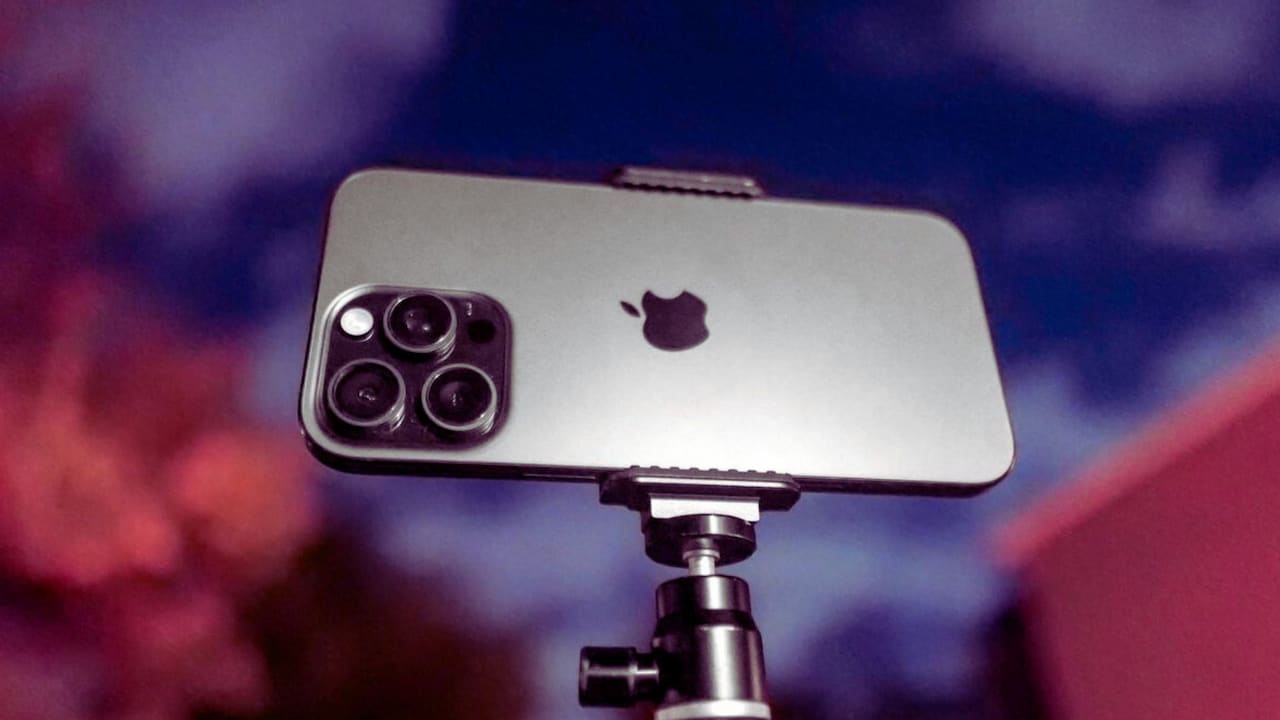Reaching for the Stars: iPhone 16 Pro Max Transforms Night Sky Photography
In an age where smartphone cameras continue to push boundaries, Apple’s iPhone 16 Pro Max is reaching for the stars—literally. As a technology reporter who’s spent the past year exploring the fascinating world of astrophotography, I’ve discovered that capturing the cosmos no longer requires expensive telescopes and complex equipment. Here’s my hands-on experience using the latest iPhone to photograph the wonders above.
Breaking New Ground in Mobile Astrophotography
The iPhone 16 Pro Max has proven itself worthy of its title as the best camera phone on the market. Its standout feature is the powerful 48MP main camera, working alongside a 12MP telephoto lens with 5x optical zoom. What sets this device apart is its smart use of pixel binning—a fancy term for combining multiple pixels to capture better photos in low light.
I’ve tested many flagship phones, including the Pixel 9 Pro XL, OnePlus 12, and Samsung’s Galaxy S24 Ultra with its impressive 100x space zoom. Yet, the iPhone 16 Pro Max consistently delivers superior results, especially in challenging nighttime conditions.
Essential Tips for Stargazing Success
Before you head out to capture the cosmos, here are some crucial tips I’ve learned:
- Stability is Key: Get yourself a solid tripod and phone grip. While you could prop your phone against something stable, a tripod gives you better control over your shot angles.
- Maximize Night Mode: The iPhone’s night mode typically defaults to 6 seconds, but you can extend this to 30 seconds for better results. Just remember—keeping the phone completely still is crucial.
- Location Matters: Find a spot away from city lights. Light pollution can seriously affect your ability to capture clear shots of stars and galaxies.
The Camera Control Button: A Game-Changer
The new Camera Control button on the iPhone 16 Pro Max adds another layer of precision to astrophotography. While it doesn’t offer the full manual controls found in some Android phones (where you can set extremely long exposure times and adjust ISO), it still provides impressive capabilities for night sky photography.
Real-World Results
Over a dedicated weekend of testing, I captured various celestial objects:
- Star Clusters: The phone’s ability to resolve individual stars in clusters was impressive, though not quite matching dedicated telescope results.
- Galaxies: It was possible to capture surprisingly detailed images of larger galaxies like Andromeda.
- Nebulae: While challenging, the iPhone managed to capture the basic shape and some color of brighter nebulae.
- Planets: The 5x optical zoom proved useful for capturing larger planets like Jupiter and Saturn.
How It Compares to Dedicated Equipment
While the iPhone 16 Pro Max can’t match the depth and detail of images from specialized telescopes, it brings something equally valuable: accessibility. You can capture remarkable space photos with a device that fits in your pocket, requiring minimal setup and technical knowledge.
Looking Ahead
This level of mobile astrophotography would have seemed impossible just a few years ago. The iPhone 16 Pro Max represents a significant step forward in making space photography accessible to everyone. While professional astrophotographers won’t be trading in their telescopes just yet, this technology opens up new possibilities for casual stargazers and photography enthusiasts alike.
For those interested in exploring the night sky, the iPhone 16 Pro Max proves that the best camera is indeed the one you have with you—especially when that camera can capture the stars.
